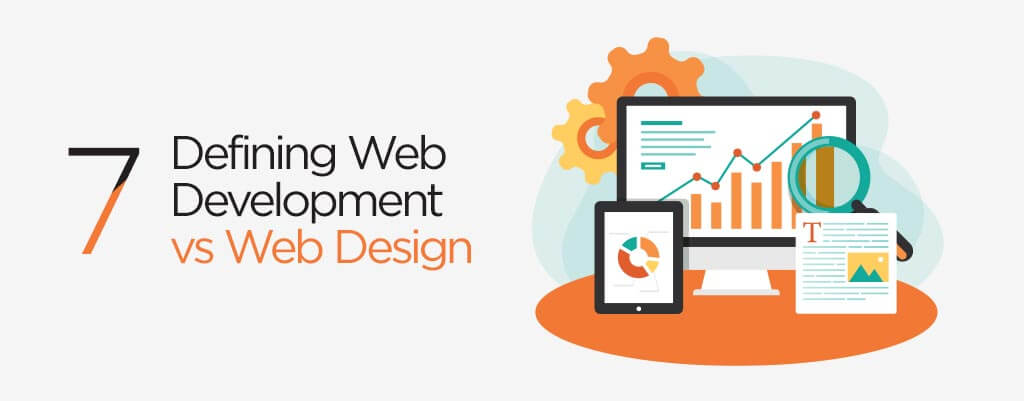Professional Web Design Singapore Solutions for Modern and Mobile-Friendly Sites
Professional Web Design Singapore Solutions for Modern and Mobile-Friendly Sites
Blog Article
Top Trends in Site Style: What You Required to Know
Minimalism, dark setting, and mobile-first methods are among the vital styles shaping modern-day style, each offering unique advantages in customer interaction and functionality. In addition, the focus on availability and inclusivity underscores the value of creating electronic settings that provide to all users.
Minimalist Layout Appearances
Recently, minimal design appearances have become a leading trend in website layout, highlighting simpleness and functionality. This technique focuses on vital content and gets rid of unneeded elements, thus improving customer experience. By focusing on clean lines, enough white space, and a restricted shade scheme, minimal styles promote easier navigation and quicker tons times, which are critical in retaining users' focus.
The effectiveness of minimalist design lies in its capability to communicate messages clearly and straight. This clarity cultivates an user-friendly interface, allowing customers to achieve their objectives with minimal diversion. Typography plays a substantial duty in minimal layout, as the selection of typeface can stimulate specific feelings and guide the user's journey via the web content. Furthermore, the strategic use visuals, such as top notch pictures or subtle animations, can enhance individual interaction without overwhelming the total aesthetic.
As electronic areas continue to advance, the minimal design concept stays relevant, satisfying a varied audience. Organizations adopting this trend are commonly viewed as contemporary and user-centric, which can substantially affect brand name perception in a progressively affordable market. Ultimately, minimal design visual appeals supply a powerful solution for reliable and appealing website experiences.
Dark Setting Popularity
Accepting an expanding trend amongst individuals, dark setting has gotten significant popularity in website style and application interfaces. This design strategy features a mainly dark shade palette, which not only improves aesthetic appeal however additionally decreases eye stress, especially in low-light atmospheres. Customers increasingly appreciate the convenience that dark setting provides, bring about longer engagement times and a more satisfying surfing experience.
The fostering of dark setting is also driven by its perceived benefits for battery life on OLED screens, where dark pixels take in much less power. This practical advantage, integrated with the fashionable, modern-day look that dark themes offer, has actually led many designers to incorporate dark mode choices into their jobs.
In addition, dark mode can create a sense of depth and focus, accentuating crucial elements of a website or application. web design company singapore. Because of this, brands leveraging dark mode can enhance user communication and produce an unique identity in a crowded market. With the pattern remaining to increase, integrating dark mode into web designs is ending up being not simply a preference but a typical assumption amongst customers, making it essential for developers and developers alike to consider this facet in their tasks
Interactive and Immersive Elements
Frequently, developers are integrating interactive and immersive components into internet sites to improve user engagement and create remarkable experiences. This fad reacts to the enhancing expectation from individuals for more vibrant and tailored communications. By leveraging features such as computer animations, videos, and 3D graphics, websites can draw users in, cultivating a deeper connection with the material.
Interactive elements, such as tests, surveys, and great site gamified experiences, encourage site visitors to actively get involved as opposed to passively take in details. This engagement not only maintains users on the website much longer however also boosts the likelihood of conversions. Furthermore, immersive technologies like digital truth (VIRTUAL REALITY) and enhanced reality (AR) use one-of-a-kind opportunities for companies to display products and solutions in a more engaging fashion.
The unification of micro-interactions-- small, subtle computer animations that react to customer actions-- also plays a critical role in enhancing functionality. These communications give feedback, improve navigation, and develop a feeling of go to website complete satisfaction upon conclusion of tasks. As the digital landscape continues to progress, using interactive and immersive components will certainly stay a substantial focus for designers aiming to produce appealing and efficient online experiences.
Mobile-First Approach
As the occurrence of smart phones remains to surge, embracing a mobile-first technique has become necessary for internet designers aiming to optimize user experience. This technique stresses making for smart phones prior to scaling as much as larger screens, guaranteeing that the core capability and content come on one of the most generally made use of system.
One of the key benefits of a mobile-first technique is enhanced performance. By concentrating on mobile style, sites are structured, minimizing tons times and enhancing navigating. This is especially vital as individuals anticipate quick and responsive experiences on their smart devices and tablet computers.

Access and Inclusivity
In today's electronic landscape, guaranteeing that sites come and comprehensive is not just a best technique however a fundamental need for reaching a varied audience. As the net remains to work as a key ways of communication and business, it is vital to recognize the diverse requirements of users, consisting of those with impairments.
To attain true accessibility, internet designers need to comply with developed guidelines, such as the Web Content Availability Guidelines (WCAG) These standards emphasize the value of providing text options for non-text click for more content, making sure keyboard navigability, and keeping a rational material structure. Inclusive design methods expand beyond conformity; they entail creating an individual experience that suits different capacities and choices.
Incorporating functions such as flexible message dimensions, color contrast choices, and display viewers compatibility not only enhances functionality for individuals with specials needs but also enhances the experience for all individuals. Inevitably, focusing on ease of access and inclusivity fosters an extra equitable digital atmosphere, urging more comprehensive participation and engagement. As organizations increasingly recognize the moral and economic imperatives of inclusivity, integrating these principles into website design will become a crucial aspect of successful online strategies.
Verdict

Report this page